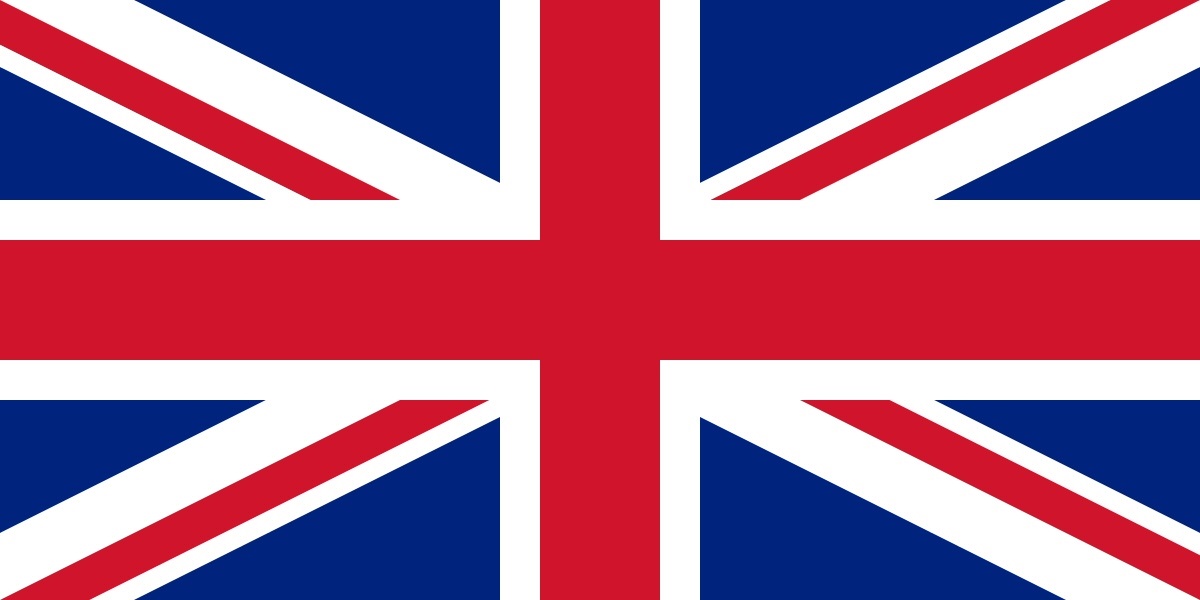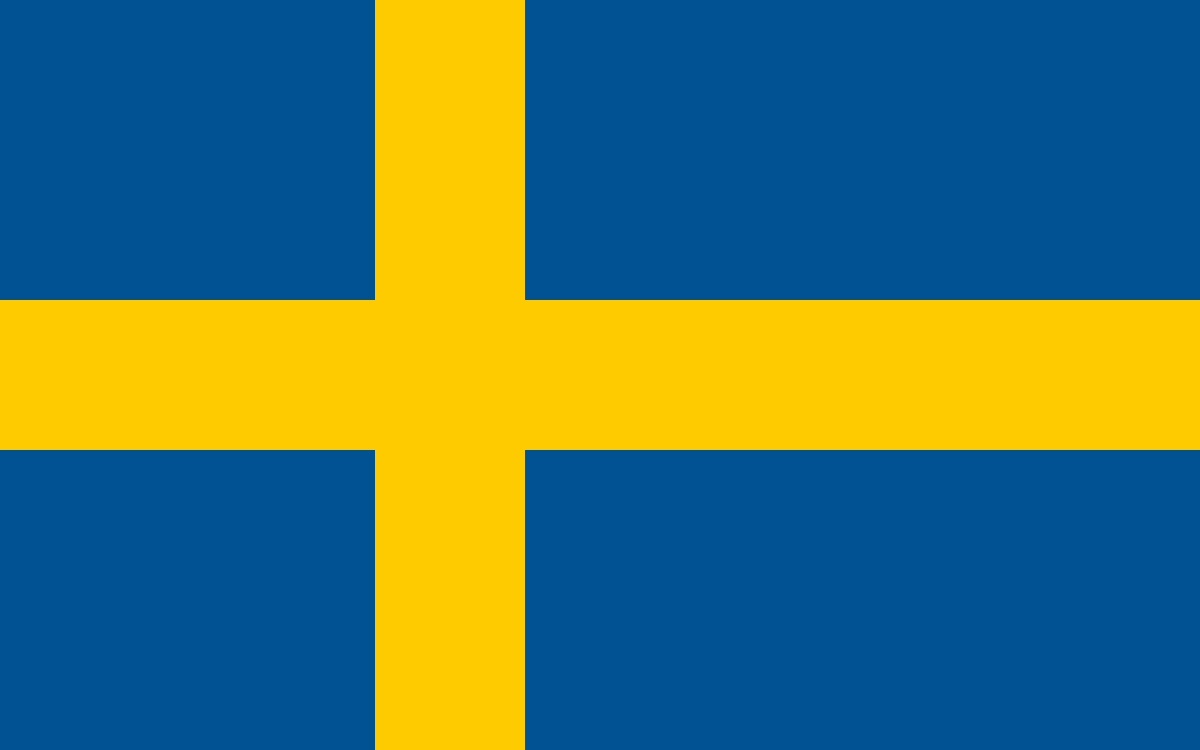An economic actor that sells products that have been rebranded under their trademark or “private label” takes up a large part of the responsibility for product compliance (we are inclined to say all responsibility), which is often misunderstood. The fact is that any actor that places their trademark (solely) on a product is considered the manufacturer for all intents and purposes. The actor then has all obligations of a manufacturer, which include having the correct technical documentation and signing the correct declarations.
In these cases, it does not matter if the product under its original trademark was in complete compliance if the private labeller does not have the documentation for their “new” product. This usually goes hand-in-hand with the previous misconception that two private labellers, let’s call them Actor A and Actor B, purchase the same product from a third-country manufacturer (i.e. outside of the EU/EEA market).
Perhaps Actor A takes all necessary steps for proving compliance, but Actor B has seen that Actor A has stated the compliance of their products, and relies on that for proof of their compliance. Actor B will not in fact be in compliance.
Or perhaps Actor A believes that they are not actually considered the manufacturer and therefore have no technical documentation, but the product is still CE marked. Actor B has seen that the product is on the market and assumes that the CE mark is correctly applied. Actor B then orders their product batch, assuming that its compliance can be proven. Still, drawing up the technical documentation, they find that the product is non-compliant in design and must be discarded.
It is therefore essential for private labellers to understand their legal obligation. And also, it is incredibly important that the technical documentation and compliance testing are done before ordering anything larger than a sample batch and that no assumptions of compliance are made..



